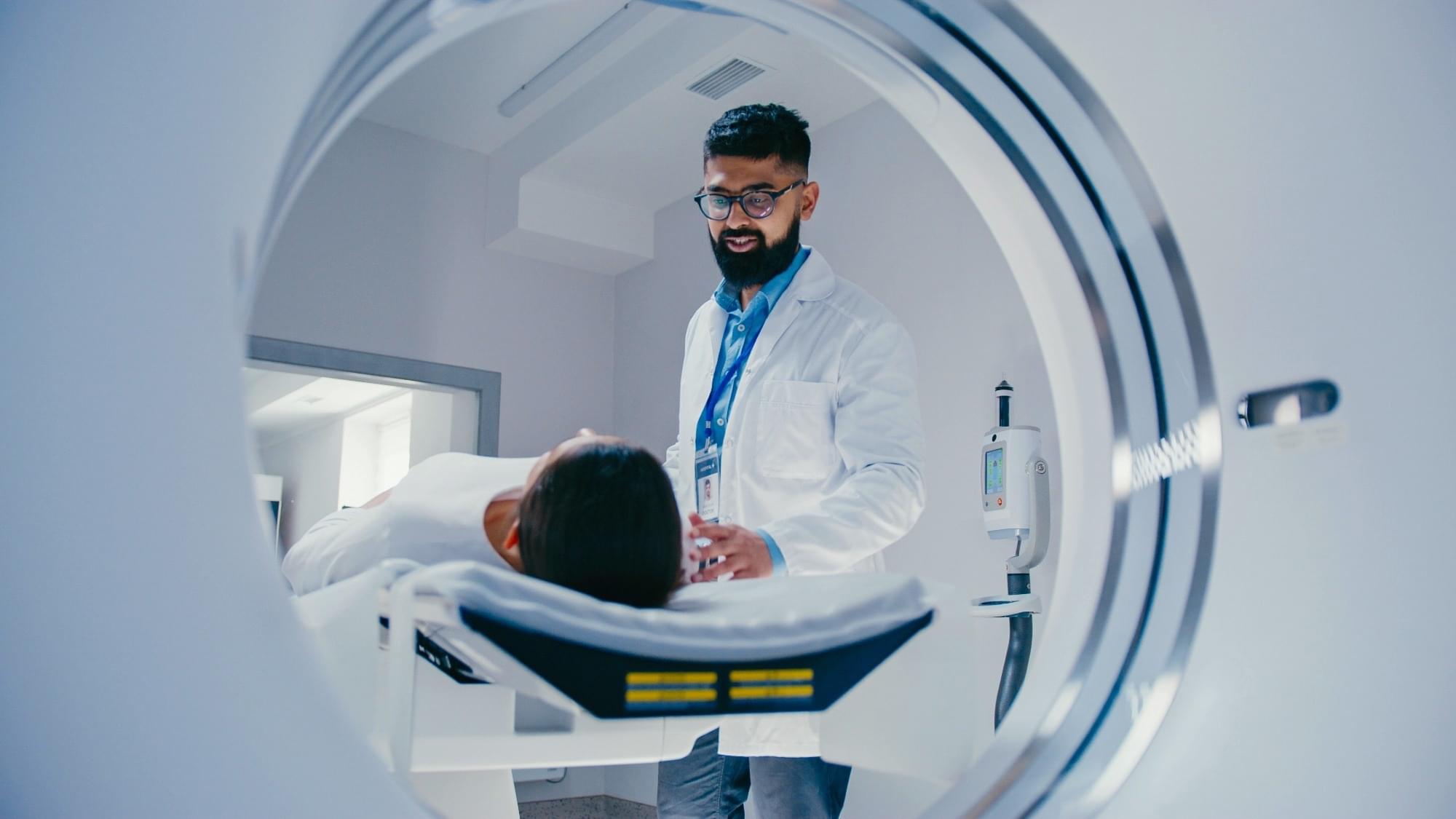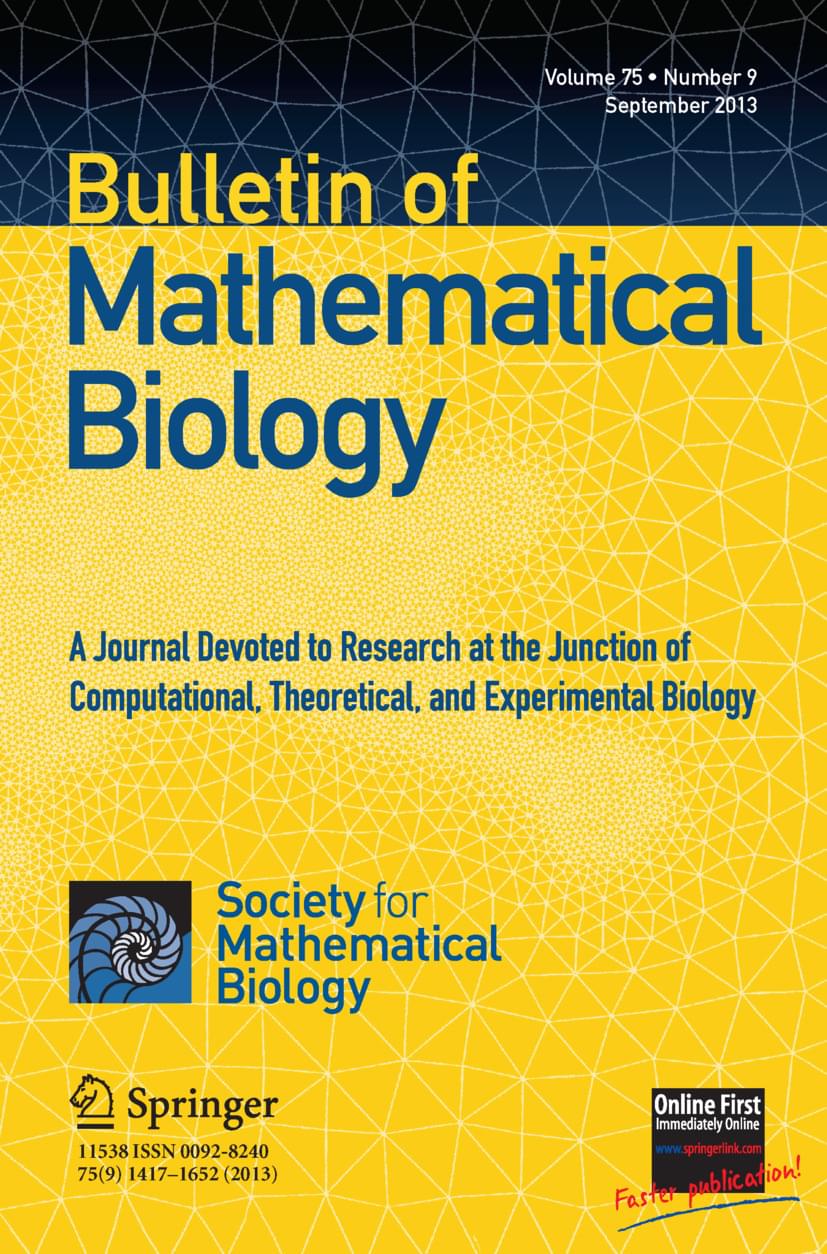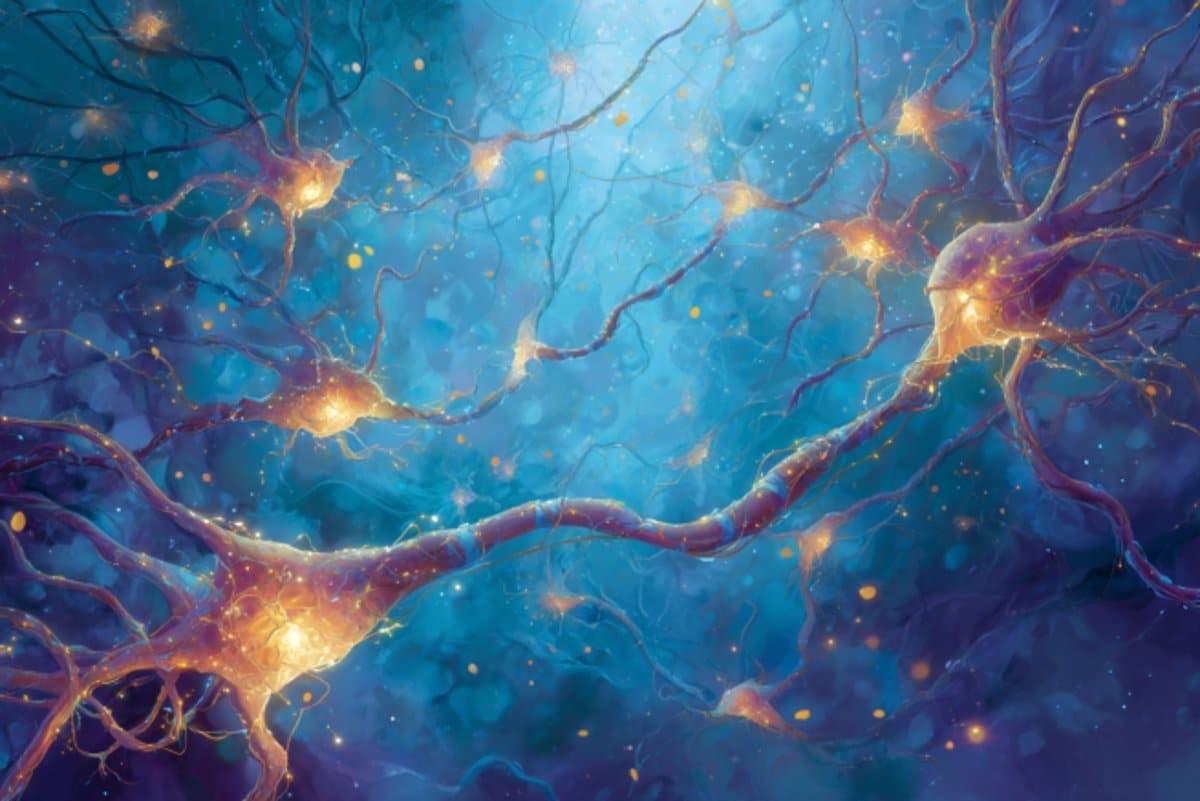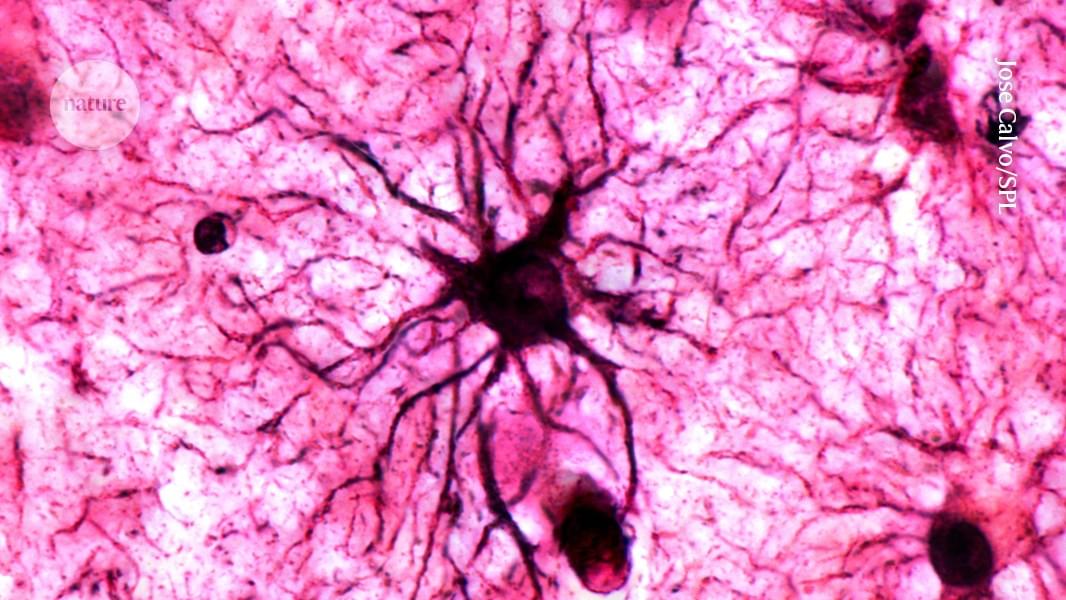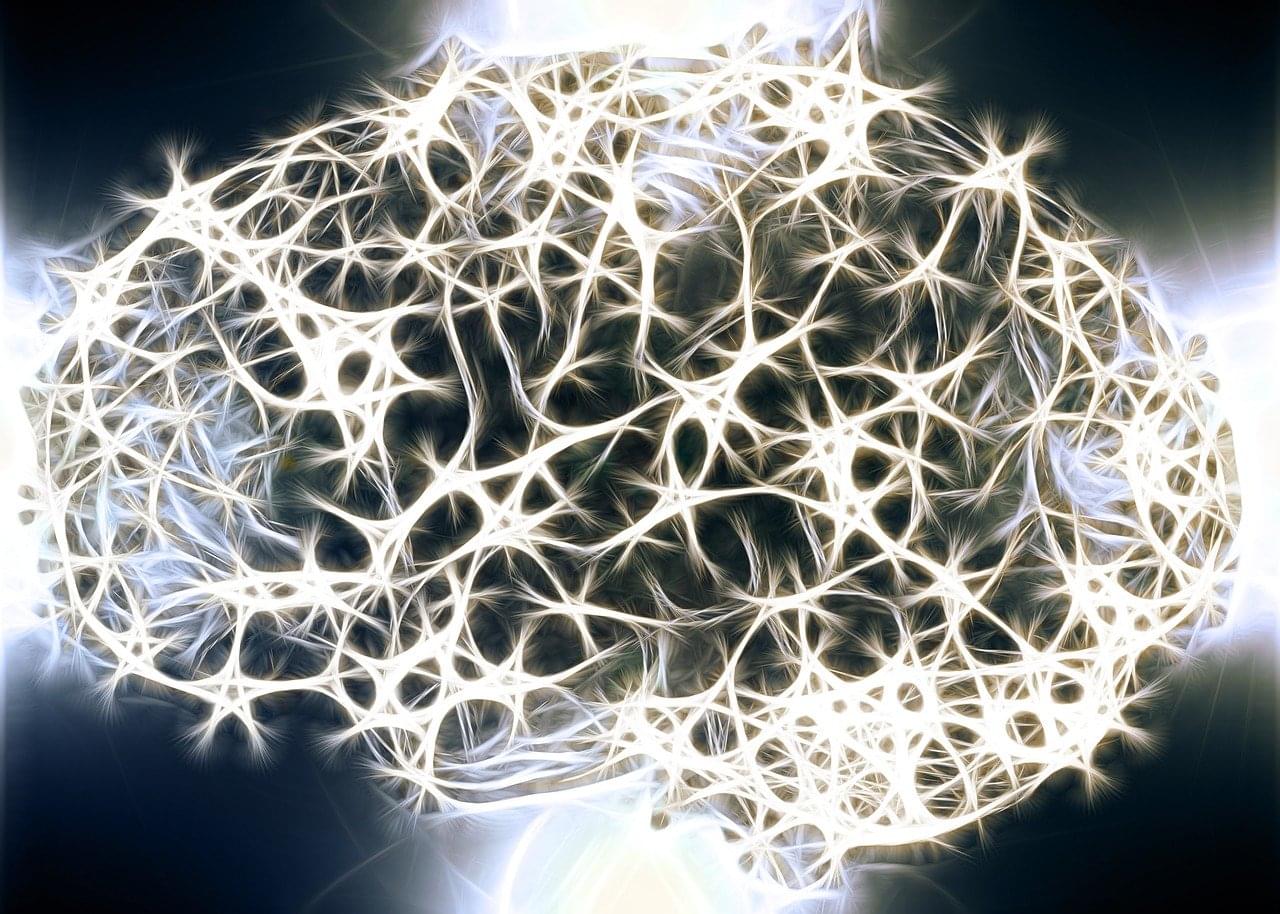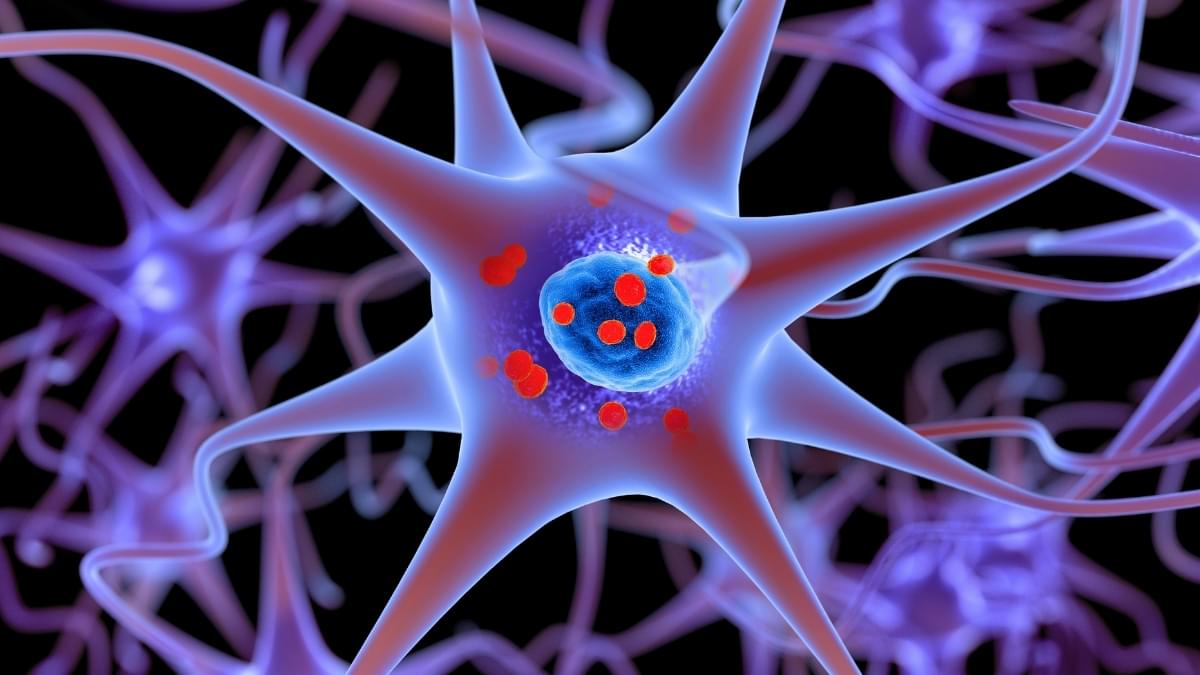Researchers developed seven MRI-based biological age clocks across major organs using UK Biobank imaging, linking each to proteins, metabolites, genetics, disease risks, mortality, and cognitive decline. These organ-specific age gaps reveal how uneven aging shapes vulnerability to conditions such as diabetes, hypertension, and dementia, opening new paths for precision prevention and clinical trial stratification
